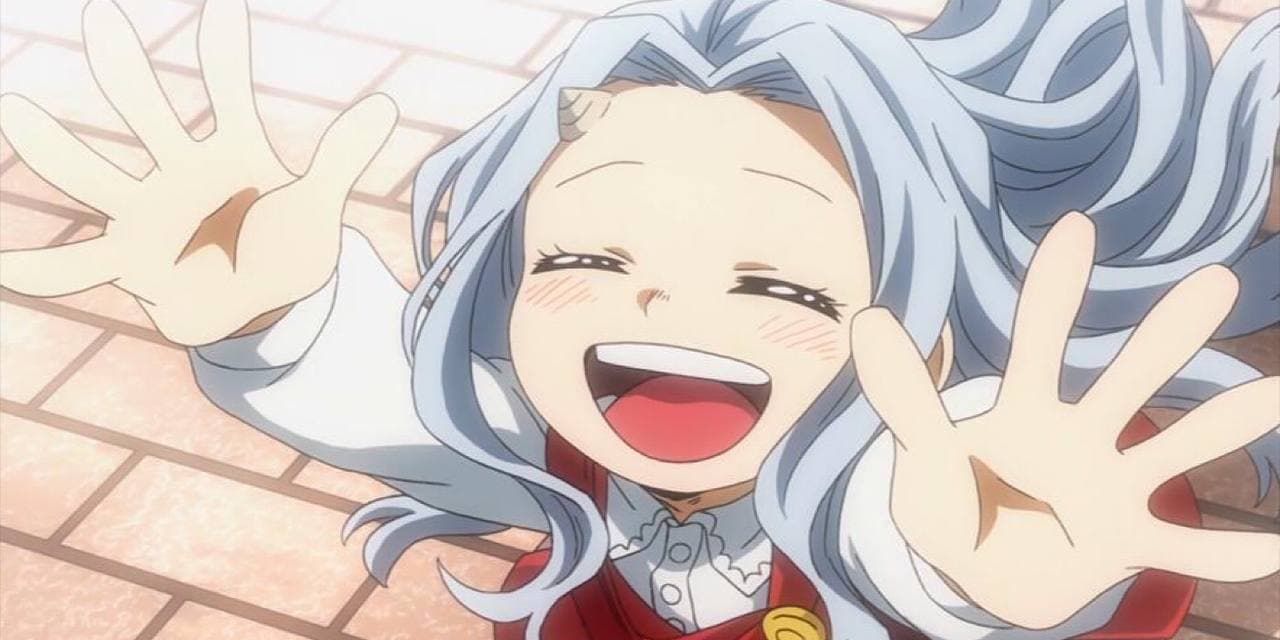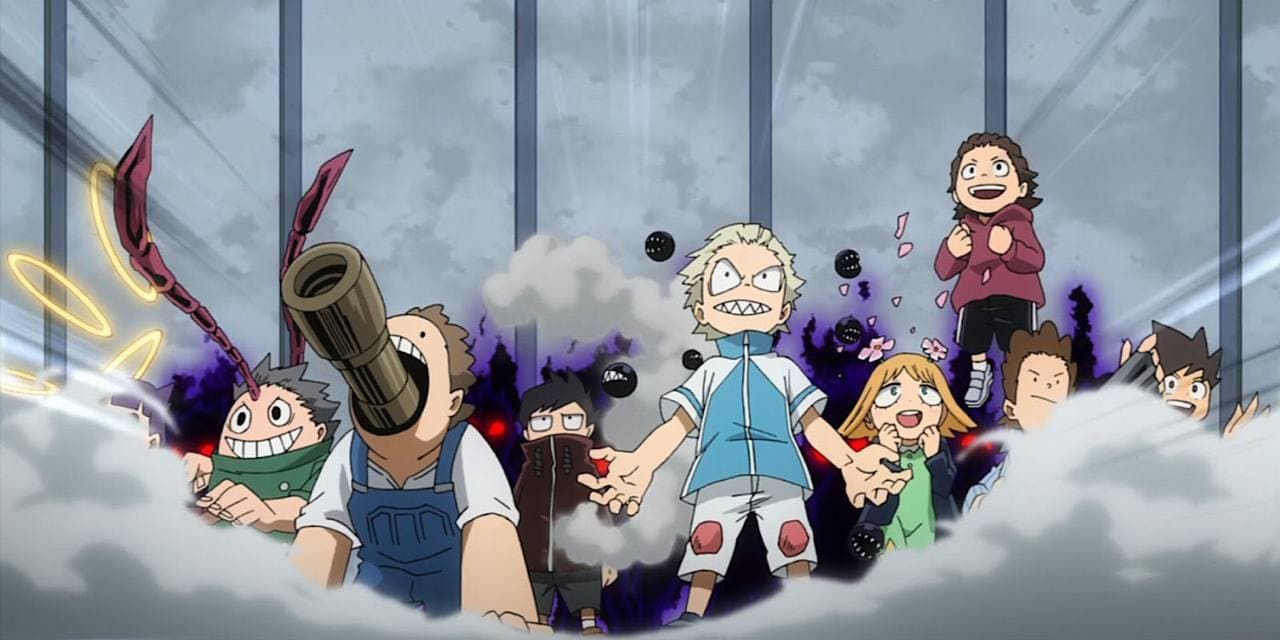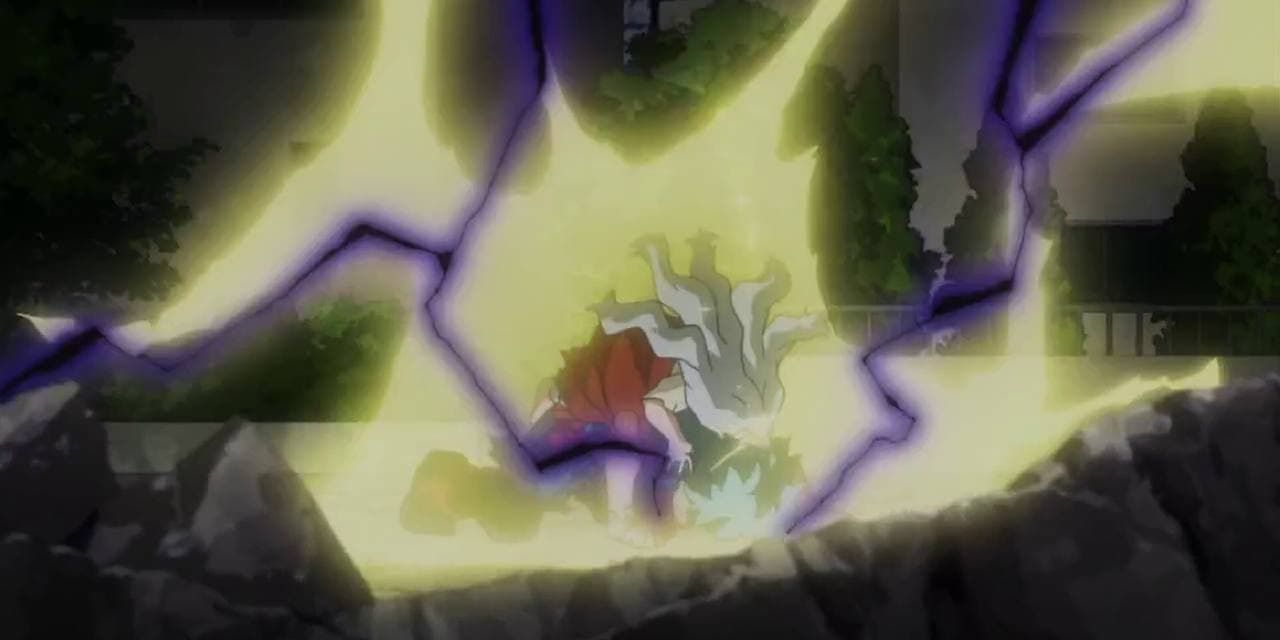The Quirk Singularity Theory is one of the more radical concepts in My Hero Academia. It imagines a future where Quirks become increasingly complex and too powerful for any single person to control. It's a theory that's a little hard to digest as most of the Quirks we've seen so far are pretty straightforward but Eri's introduction irrefutably proved it was more than just speculation.
The Quirk Singularity Theory was first proposed over seventy years ago by Dr. Kyudai Garaki, All For One's longest-running henchman. At the time, he has considered an alarmist and ostracized from the scientific community. It was then that All For One reached out and recruited him. The explanation for Dr. Garaki's longevity is his Quirk, Life Force, which allows him to double his life span but it has also enabled him to live long enough to see his theory come to fruition.
The theory was touched upon in the My Hero Academia anime during Season 4. During Bakugo and Todoroki's make-up courses for their Provisional Hero License Exam, they had to deal with a group of unruly kids who wielded Quirks that although untrained were still very powerful. These kids' abilities were attributed to the Quirk Singularity Theory playing out in real life and while that may be true, they did not fully embody the dangers the theory warned about.
Their Quirks weren't drastic deviations from the powers already introduced and that fans were used to. They were more powerful than one would expect from a child but from how coordinated their attacks were, it was obvious they were in complete control of their Quirks. They proved Quirks would indeed get stronger with time but not the Quirk Singularity Theory's other prediction, that they would be harder to control.
How Does Eri Prove The Theory
Eri's predicament fits the theory perfectly. For starters, hers is a mutant Quirk. Overhaul revealed that Eri's Rewind was completely unrelated to either of her parent's Quirks. A person's Quirk in MHA is often an upgraded form of one of their parent's quirk or a combination of both of them. Eri's Quirk was an anomaly; Two Quirks mixing to create something completely different.
Eri's Quirk was also completely out of her control. When it first manifested, she accidentally rewound her father back into nothingness. Even after countless years of experimentation with Overhaul, she was still unable to get a handle on her Quirk. It was only under the careful watch of Eraserhead and the UA students that Eri was finally able to grasp some control over it. And even now, it's still not very consistent.
Finally, Eri's Quark is astonishingly powerful, possessing boundless potential. When Overhaul tapped into it, he was able to create bullets that specifically targeted the genes responsible for a person's Quirk and devolved them. The potential of what Eri could do with her Quirk once she learns fine control is limitless. She's already managed to restore Lemillion's Quirk meaning healing is not out of the quotation for her. It's also possible she could even rewind specifics such as tumors soon, and not just an entire target.
Eri satisfies all the three premises of the Quirk singularity theory. Rewind is a mutation, exceedingly powerful, and impossible for her to fully control right now. If it is an accurate representation of what Quirks will evolve into in the future, then the Quirk-based society will have to do some major restructuring sooner rather than later to avoid disaster.



